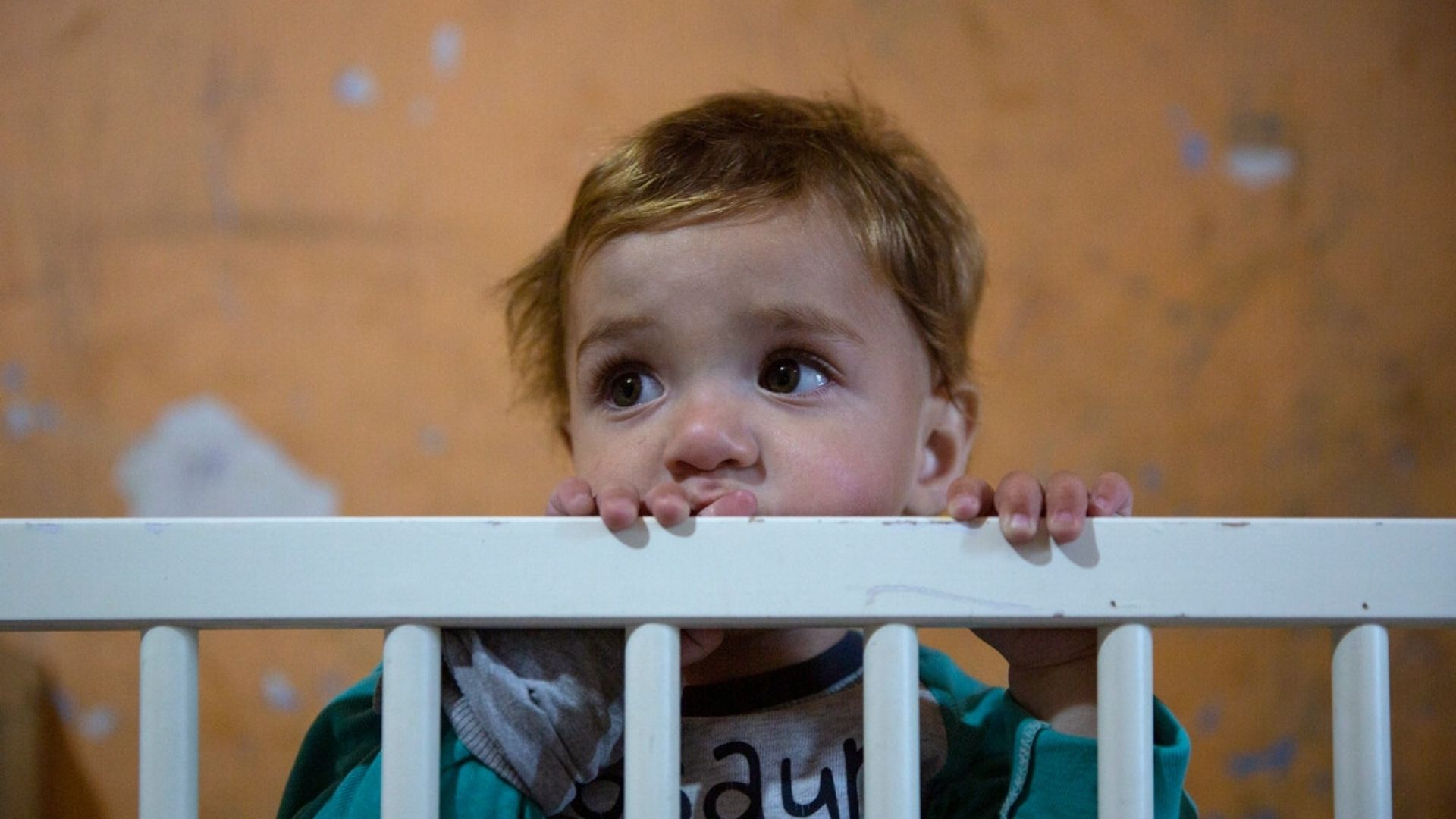Author: Francesca Pisanu
Date: 14 March 2023
Hope and Homes for Children and other civil society organisations welcome the European Commission’s proposal to review Directive 2011/36/EU on preventing and combating trafficking in human beings and protecting its victims.
As we consider it an opportunity for the EU to include institution-related trafficking in its legislative framework and improve the protection of children (at risk of) being trafficked, we call for the EU to further strengthen these rules.
Four cycles of institution-related trafficking can be identified:
Children are trafficked into institutions
Trafficking into institutions occurs when children are actively recruited, transported or kept in institutions for the purpose of exploitation.
Children are trafficked out of institutions into other forms of exploitation
As recognised by the UN Special Rapporteur on the sale and sexual exploitation of children, children in institutions are particularly vulnerable to exploitation. Traffickers are aware of these vulnerabilities, and profit from the wish of the child to run away from institutions.
Child victims of trafficking are placed in institutions for their ‘protection’, which can put them at risk of trafficking and re-trafficking.
Child victims of trafficking are often placed, or placed back, in institutions by the responsible authorities, creating a vicious cycle for trafficked children and additional risks to their peers.
Care leavers are more at risk of exploitation and trafficking.
People who grew up in institutions are more likely to be exploited than their peers. This is due to their experience in institutional care and the lack of services to enable them to integrate into society.
The link between human trafficking and institutional care has been acknowledged at the UN level on several occasions, including the 2019 UN General Assembly Resolution on the Rights of the Child. This connection was also highlighted by the Council of Europe’s Group of Experts on Action against Trafficking in Human Beings. While the EU has committed to supporting the transition from institutional to community and family-based care since 2013, it has never formally recognised the connection between these human trafficking and institutional care.
Above all, trafficking into institutions covers both the two elements constituting child trafficking: the act and the purpose. For this reason, it must be added to the list of the types of exploitation covered by the Directive.
The increased vulnerability of children from institutions to human trafficking should be addressed in the Directive. To effectively respond to trafficking, the Directive should ensure that children from institutions are represented in the data collection mechanisms. Preventive measures should also target children in institutions to tackle the immediate risk of trafficking for both children in institutions and care leavers.
The Directive must put an obligation on Member States to prioritise, support and facilitate the recovery of child victims in a family-based environment, whenever possible. This is in line with article 39 of the UN Convention on the Rights of the Child, stating that physical recovery and social integration should happen in an environment that fosters the child’s health, self-respect and dignity. Further, it prevents re-trafficking from institutions.
As per the UN Protocol to Prevent, Suppress and Punish Trafficking in Persons Especially Women and Children, the Directive should recommend Member States to discourage the demand that foster all forms of exploitation of persons. By taking a holistic and multi-agency approach, preventing the separation of the child, strengthening families, and providing quality alternative care, child care reform tackles the drivers of trafficking from and into institutions.
While the EU Anti-Trafficking Directive sets rules to prevent and combat human trafficking in the EU Member States, it has the potential to provide inspiration for other regions around the world. Although institutional care and trafficking are not always interconnected, it is crucial to highlight this link, especially in contexts where child trafficking is driven by voluntourism and international donors who are particularly interested in supporting the orphaned child rather than supporting families and communities.
The revision of the Directive is both timely and necessary. The current crisis, resulting from the ongoing wars, natural disasters and the COVID-19 pandemic, have increased the risk of children being deprived of family care and being trafficked. Institution-related trafficking represents a threat to a broad range of children’s rights. The EU should uphold the rights of the most vulnerable children by recognising the link between trafficking and institutions and addressing and preventing these grave human rights violations.
Author: Francesca Pisanu
